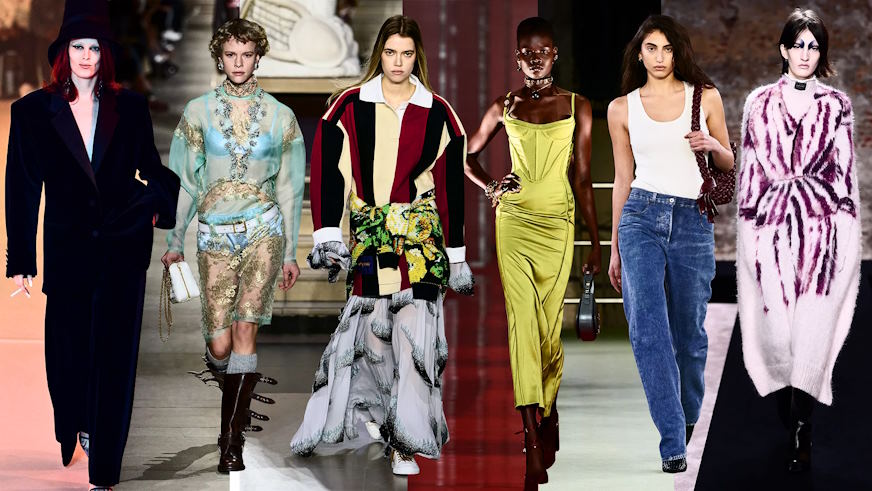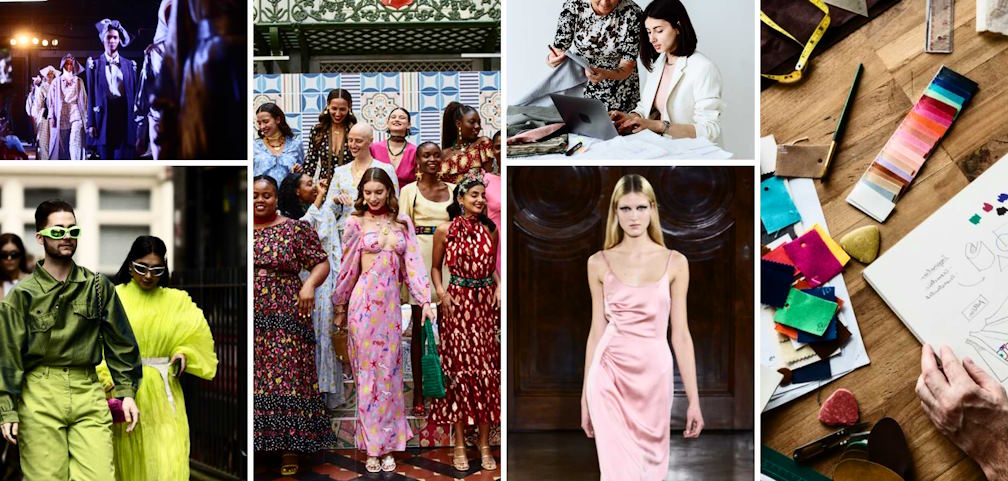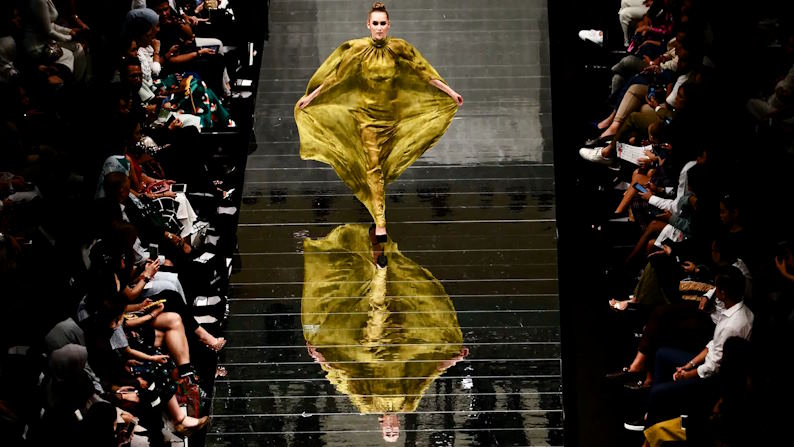In the fast-paced realm of fashion, staying ahead of trends is not just an art; it’s a science. Runway shows and exhibitions serve as the pulse points of the industry, where designers showcase their creative visions and set the tone for upcoming seasons. However, decoding the intricate language of fashion trends requires more than just an eye for style; it demands a keen understanding of consumer behavior, cultural shifts, and technological advancements.
The Significance of Fashion Exhibitions
While runway shows offer a glimpse into the future of fashion, exhibitions provide a deeper dive into its rich history and cultural significance. Fashion exhibitions, held in museums and galleries around the world, offer a curated exploration of iconic garments, designer archives, and historical artifacts. These immersive experiences not only educate and inspire but also shape the collective imagination of the industry.
From the legendary retrospective of Alexander McQueen at the Metropolitan Museum of Art to the groundbreaking “Savage Beauty” exhibition at the Victoria and Albert Museum, fashion exhibitions have become essential touchstones for trend forecasting. By examining the themes and narratives presented in these exhibitions, analysts can gain valuable insights into the cultural zeitgeist and anticipate which historical references are likely to resurface in future collections.
Predictive Analytics in Fashion
In the age of big data, predictive analytics has emerged as a powerful tool for forecasting fashion trends. By crunching numbers and analyzing patterns, data scientists can identify emerging trends long before they hit the runway. From social media sentiment analysis to sales forecasting, predictive analytics offers a wealth of opportunities for fashion brands to stay ahead of the curve.
One notable example of predictive analytics in action is the collaboration between trend forecasting agency WGSN and retail giant H&M. By analyzing data from social media, search engines, and consumer behavior, WGSN helped H&M identify key trends for its seasonal collections, resulting in increased sales and market share. As technology continues to advance, predictive analytics will play an increasingly central role in shaping the future of fashion forecasting.

Factors Influencing Fashion Trends
While runway shows and exhibitions provide invaluable insights into emerging trends, they are just one piece of the puzzle. A myriad of factors, including cultural influences, socio-economic dynamics, and technological advancements, shape the ever-evolving landscape of fashion. By understanding these underlying forces, forecasters can better anticipate which trends are likely to gain traction in the marketplace.
Cultural influences play a particularly significant role in shaping fashion trends, as designers draw inspiration from art, music, film, and literature. For example, the resurgence of 90s nostalgia in recent years has led to a revival of grunge-inspired fashion, with designers like Marc Jacobs and Alexander Wang putting their own modern twist on classic styles. Similarly, socio-economic factors such as income inequality and environmental awareness can influence consumer preferences, leading to increased demand for ethical and sustainable fashion.
The Role of Data in Trend Prediction
In the digital age, data has become fashion’s new frontier, offering unprecedented insights into consumer behavior and market trends. From social media analytics to predictive modeling, data-driven approaches are revolutionizing the way fashion brands identify and capitalize on emerging trends. By harnessing the power of data, companies can gain a competitive edge in an increasingly crowded marketplace.
One of the most promising applications of data in trend prediction is the use of machine learning algorithms to analyze vast quantities of fashion-related data. By training algorithms on historical trends and consumer preferences, companies can develop predictive models that anticipate future trends with remarkable accuracy. For example, Stitch Fix, a subscription-based personal styling service, uses machine learning algorithms to recommend clothing items to its customers based on their unique style preferences and body measurements.

Future Trends in Fashion Forecasting
Looking ahead, the future of fashion forecasting is poised to be shaped by advancements in technology and shifting consumer preferences. As artificial intelligence and machine learning continue to evolve, we can expect to see increasingly sophisticated predictive models that leverage a diverse range of data sources, from social media to wearable technology. Virtual reality and augmented reality are also likely to play a prominent role in the future of fashion forecasting, allowing consumers to virtually try on clothing and accessories before making a purchase.
Integration of AI and machine learning in trend prediction is another area ripe for innovation, as companies seek to develop more personalized and responsive fashion experiences. By harnessing the power of algorithms to analyze individual style preferences and body measurements, brands can offer tailor-made solutions that cater to the unique needs and tastes of each customer. Additionally, there is growing interest in alternative forecasting methodologies, such as trend forecasting games and crowdsourcing platforms, which harness the collective wisdom of the crowd to identify emerging trends.

